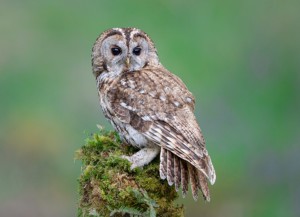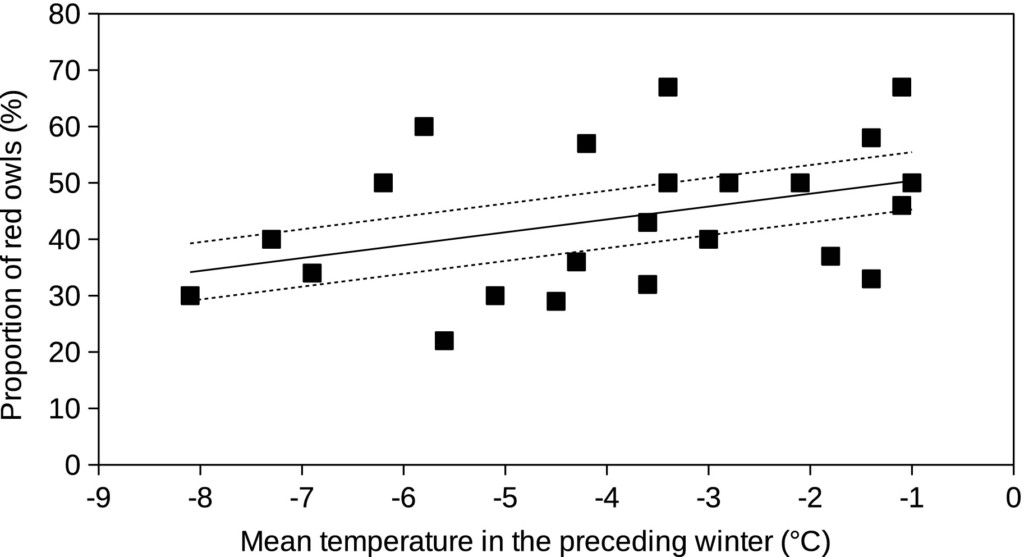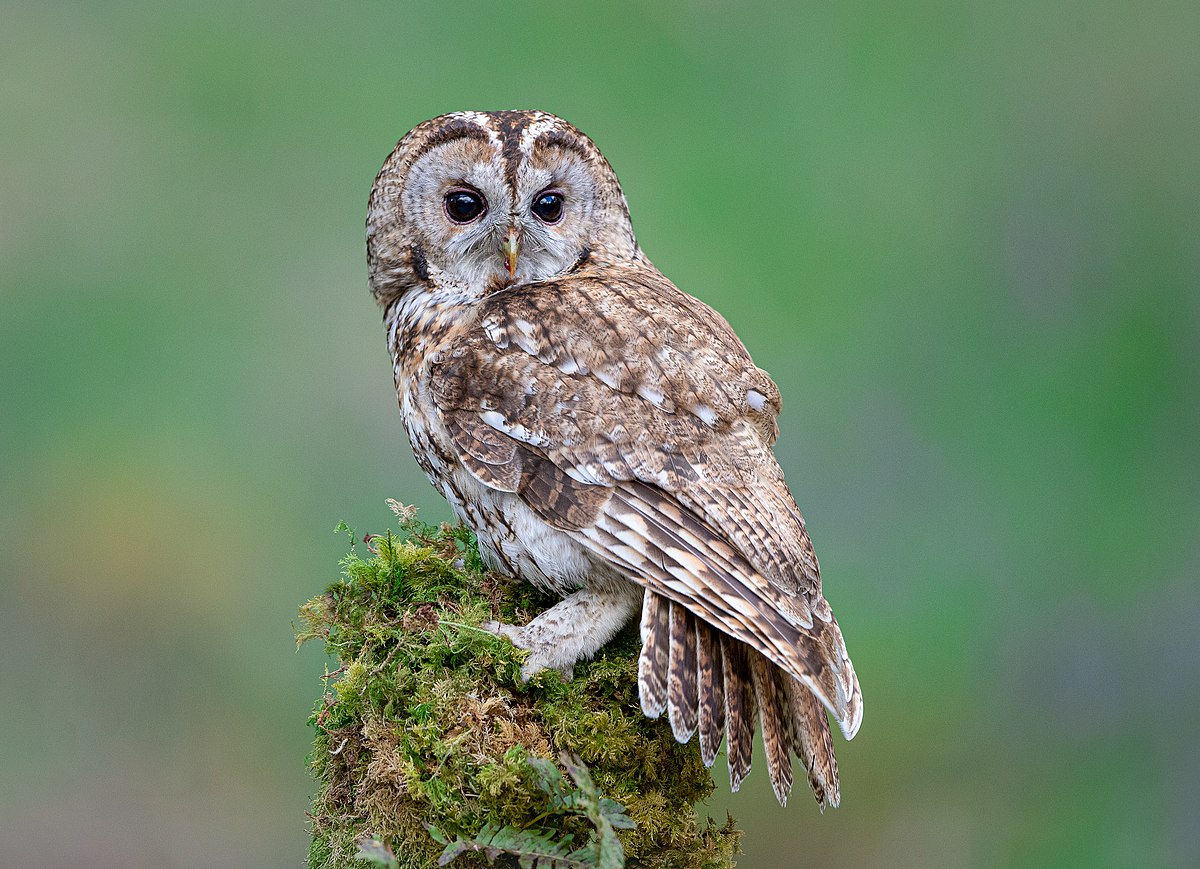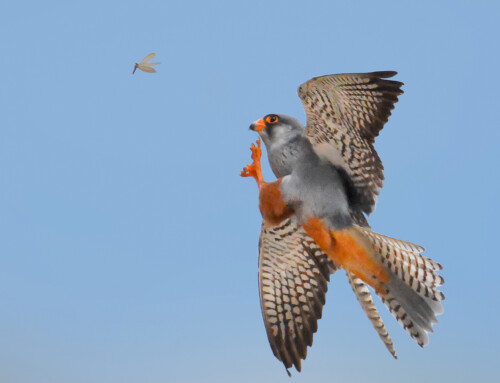
LINKED PAPER
Significance of plumage colour for winter survival in the Tawny Owl (Strix aluco): revisiting the camouflage hypothesis. Solonen, T. 2021. IBIS. DOI: 10.1111/ibi.12947. VIEW
Predatory birds are also vulnerable to predation. Being at the top of a food chain doesn’t mean that you are safe. Tawny Owls (Strix aluco), for example, are sometimes predated by Northern Goshawks (Accipter gentilis) and Eagle Owls (Bubo bubo). A well-camouflaged Tawny Owl might be able to escape these bigger birds of prey. However, the effectiveness of camouflage varies across the year (Kelber 2019). In snowy periods, Tawny Owls with paler plumage will probably blend in with their surroundings, potentially increasing their survival chances (Koskenpato et al. 2020). In a recent study, Tapio Solonen tested this “camouflage hypothesis” in a Finnish population of Tawny Owls.
Lag-effect
Using data collected between 1991 and 2018, the Tawny Owls were classified into three colour morphs: clear grey, clear red and intermediate (Da Silva et al. 2013). If camouflage affects survival probabilities, we could expect a relationship between the occurrence of certain colour morphs and the number of snowy days in a year: the more snow-covered days, the more grey morphs. The statistical analyses did not support this prediction. There was, however, a significant negative relationship between the number of snowy days in the previous winter and the number of red Tawny Owls. In other words, a harsh winter results in less red birds the following year. This lag-effect suggests that red Tawny Owls manage to survive snowy conditions (so, predation does not play a role here), but suffer the consequences during the next year. What is going on here?

Figure 1. The proportion of red Tawny Owls in relation to the mean temperature of the previous winter. Harsh winters results in less red Tawny Owls the next year.
Oxidative stress
Solonen speculates that the physiological costs of developing red plumage might provide an explanation (Galván & Møller 2013). Birds with reddish plumage produce the pigment pheomelanin, which impacts the ability to cope with oxidative stress. During the generation of cellular energy, reactive oxygen-molecules are released and they can wreak havoc in the cell. Luckily, the cell contains antioxidants that prevent reactive oxygen-molecules from inflicting too much damage. Unfortunately, the production of the pigment pheomelanin consumes the antioxidant glutathione, rendering the cell more vulnerable to oxidative stress. This physiological cost might be especially high in harsh conditions, such as a cold and snowy winter. An interesting hypothesis that requires further research.
References
Da Silva, A., van den Brink, V., Emaresi, G., Luzio, E., Bize, P., Dreiss, A.N. & Roulin, A. (2013). Melanin-based colour polymorphism signals aggressive personality in nest and territory defence in the Tawny Owl (Strix aluco). Behavioral Ecology and Sociobiology 67: 1041– 1052. VIEW
Galván, I. & Møller, A.P. (2013). Pheomelanin-based plumage coloration predicts survival rates in birds. Physiological and Biochemical Zoology 86: 184– 192. VIEW
Kelber, A. (2019). Bird colour vision – from cones to perception. Current Opinion in Behavioral Sciences 30, 34– 40. VIEW
Koskenpato, K., Ahola, K., Karstinen, T. & Karell, P. (2016). Is the denser contour feather structure in pale grey than in pheomelanic brown Tawny Owls Strix aluco an adaptation to cold environments? Journal of Avian Biology 47: 1– 6. VIEW
Image credits
Top right: Tawny Owl (Strix aluco) | Barry Forbes | CC BY-SA 2.0 Wikimedia Commons
Blog posts express the views of the individual author(s) and not those of the BOU.
If you want to write about your research in #theBOUblog, then please see here




